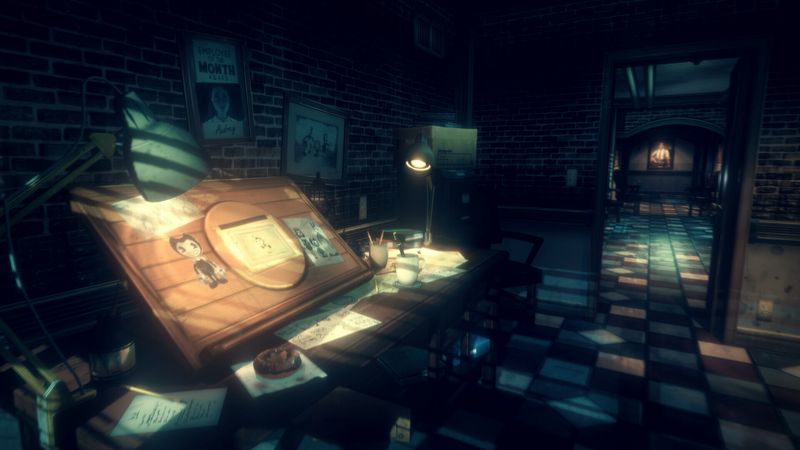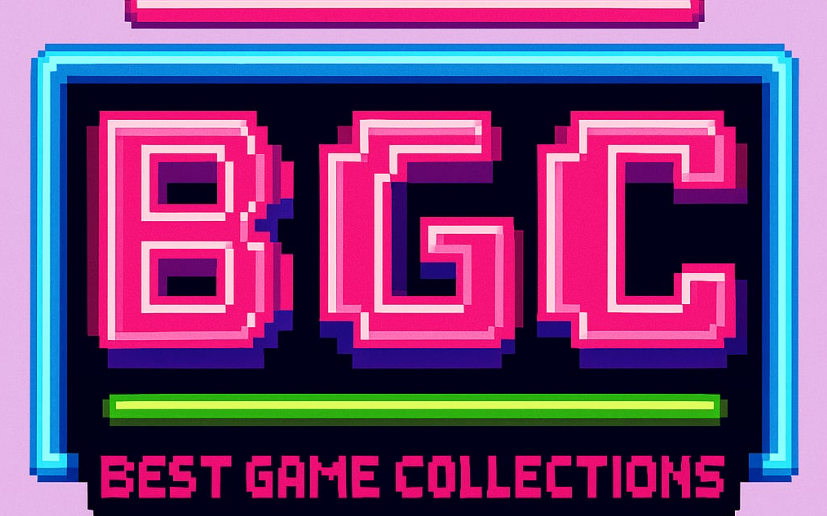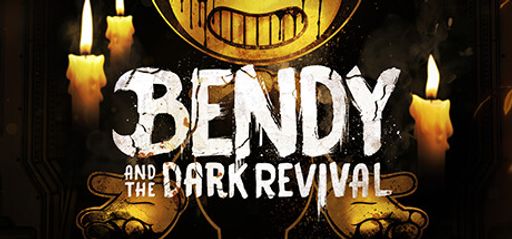I always seek games that appeal to completionists. Joey Drew Studios’ Bendy and the Dark Revival offers a first-person survival horror experience set in a dark, animated cartoon studio. When the studio released it on November 15, 2022, I dove in expecting a richer experience than the original. My playthrough delivered exciting highs and several notable hiccups.
Overall Impressions
I approached Bendy and the Dark Revival with an open mind and a meticulous eye. The game brings a unique blend of cartoon nostalgia and horror, set in an environment that feels both eerie and playful. The artistic style stands out, and there is plenty of passion in every frame. However, while the game exudes creativity and a sense of fun, it falls short in several areas. It has drawn mixed opinions from fellow gamers. Some praise its beautiful graphics and solid overall story, yet others point to issues with gameplay mechanics that detract from the intended tension.
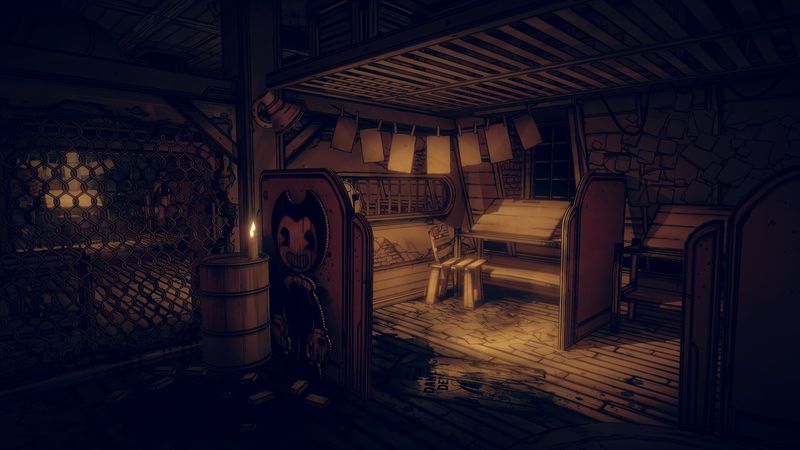
Compared to other survival horror games, Bendy and the Dark Revival brings an animated twist. Its spooky atmosphere and nods to classic horror work well, but it sometimes feels shallow and predictable. While the style is nice, some key gameplay parts hold it back.
Gameplay Mechanics
The upgrade system for your weapon fits the survival horror style, letting you boost your tools. But you can only use three fixed upgrade spots in the story. That limits how you can customize your gear and takes away the fun of trying new builds. Hunting hidden upgrades elsewhere felt more rewarding in other games.
Enemies also keep coming back endlessly. You clear an area, search for collectibles, and then the same foes respawn like there’s no end of them. This makes exploration less satisfying and more frustrating. Older horror games made each fight feel tense—here, it just drags you down.
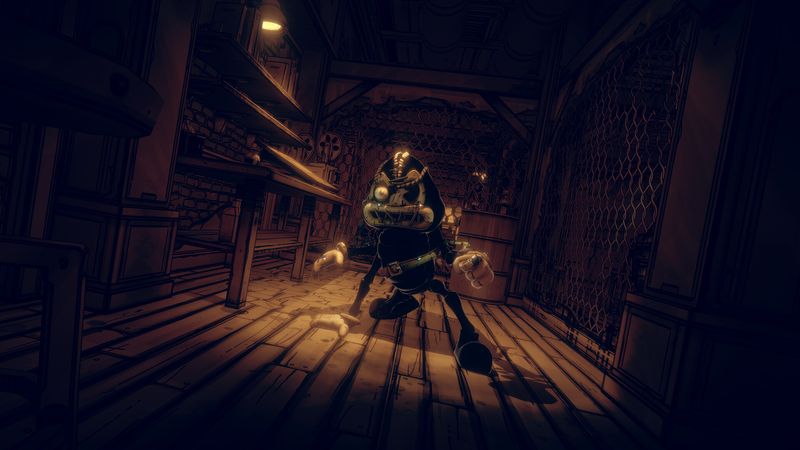
Finally, Bendy’s behavior has changed. In the first game, he stalked you and built real fear. In Dark Revival, you only get vague warnings (“Bendy is nearby”) before he instantly kills you unless you hide. This random, harsh approach rarely rewards careful play and can feel unfair.
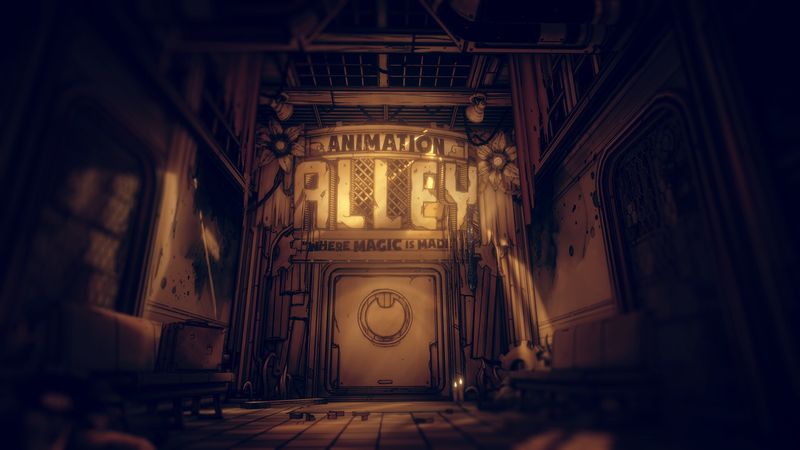
Story and Characters
Bendy’s narrative attempts to be a cerebral exploration of the dark heart of the cartoon studio. The world-building is ambitious, inviting players to piece together clues about the studio’s past and confront an ominous Ink Demon. However, the story falls into predictable beats too frequently. I have always been a fan of narratives that force me to unveil secrets gradually. Here, key story elements are presented without the slow build that can amplify suspense. Rather than allowing for organic discoveries, the game delivers crucial backstory in long-winded expository dialogue.
The voice given to the Ink Demon is another significant aspect; despite a promising concept, his dialogue comes off as contrived and overly edgy. This robs him of the quiet menace that might have made him a memorable adversary. In contrast, some players enjoyed the homage to established horror narratives and recognized the artistic passion behind the project. Still, for a game that aims to both terrify and challenge completionists, the storytelling leaves too many opportunities unexplored. It answers familiar questions with predictable responses rather than expanding the universe in unexpected ways.
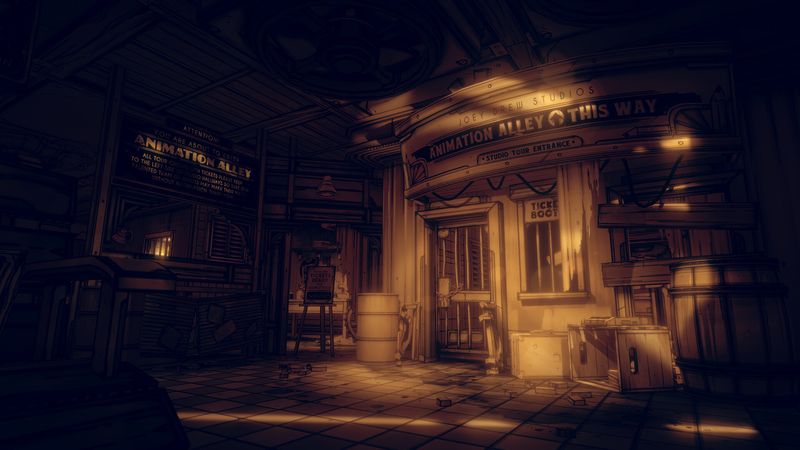
Visuals and Graphics
The visuals of Bendy and the Dark Revival remain a redeeming quality throughout the experience. The game boasts striking graphics that evoke both charm and dread. The artistic style is reminiscent of classic cartoons, rendered with modern techniques that breathe life into the eerie corridors of the studio. Every location has been crafted with intricate detail, inviting players to scour each corner for secrets and collectibles. I found myself pausing frequently to admire the blend of vibrant colors with unsettling shadow work. These moments underline Joey Drew Studios’ attention to artistry and set pieces, proving that visual flair remains among the best aspects of the game.
The creative concept of merging a cartoonish aesthetic with horror elements is executed well in static scenes. However, dynamic lighting during key moments could use further refinement. The emotional impact of a jump scare can sometimes be dulled by rapid color shifts that feel overdone, detracting from the intended surprise.
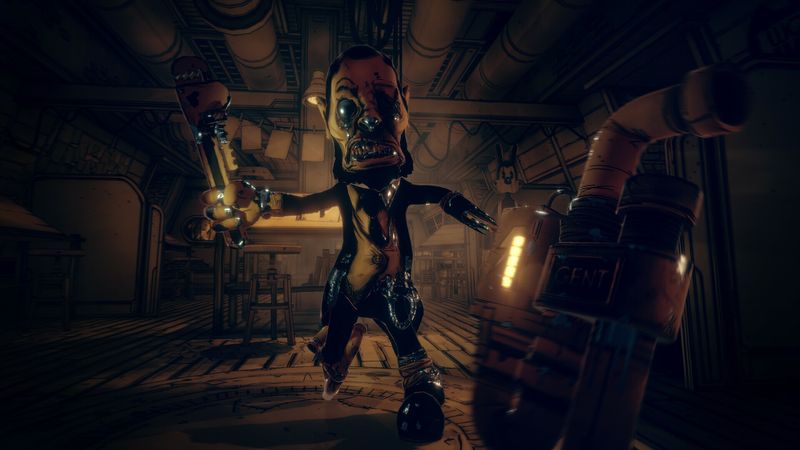
Sound and Music
Sound design in any survival horror game is crucial, and here, despite some ups and downs, the audio creates a foreboding backdrop. The atmospheric score builds tension and mirrors the frantic heartbeat of someone on a desperate run from unseen terrors. Sound effects in quiet moments enhance the eerie isolation one feels when exploring a deserted studio. Yet, I noted that repeated jump scares are accompanied by similar audio cues that quickly become predictable. Instead of keeping players on the edge of their seats, the repetitive nature of the sound design in these instances drains some of the anticipated fear factor.
Certain tracks stand out, particularly in the more atmospheric levels where ambient sounds elevate the mood. Nevertheless, the inconsistency in how sounds are deployed—especially during moments of heightened action—can break immersion. The voice acting ranges from competent to underwhelming, with some characters failing to carry the weight of the narrative. Considering the potential of a well-crafted audio narrative, I would have preferred a more varied approach to both music and dialogue delivery to sustain suspense.
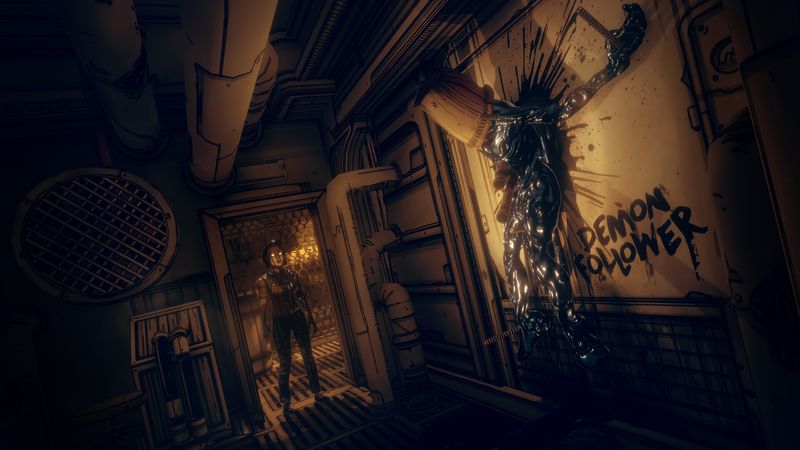
Difficulty and Replayability
The difficulty curve in Bendy and the Dark Revival is inconsistent. There are moments when the lack of genuine challenge creates a feeling of complacency, especially when side quests and collectible searches are interrupted by endless enemy spawns. This mechanic hampers exploration, an aspect I value as a CompletionistMaster. The scarcity of meaningful variation in enemy behavior undermines the reward system typically found in games of this genre.
On a positive note, I appreciated the game’s ambition to integrate a survival horror core with opportunities for thorough exploration. The game invites players to revisit areas for hidden collectibles and lore. However, the methodical and repetitive respawn system discourages extended replayability. Although a dedicated fan might return to extract every morsel of content, the overall design does little to promote long-term engagement after the initial playthrough.
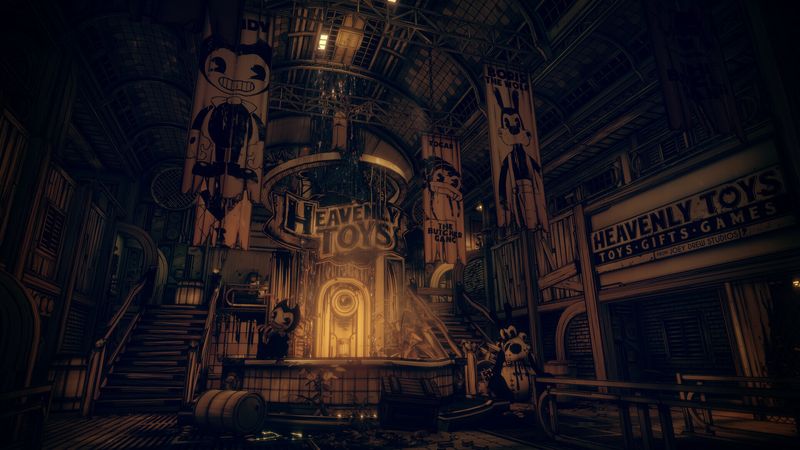
Conclusion
Bendy and the Dark Revival is a mixed experience that ultimately leaves me with ambivalent feelings. The game offers a distinctive visual style and an intriguing premise set in a world where a seemingly innocent cartoon universe turns into a nightmare. Despite moments of genuine artistry and careful design, gameplay mechanics and storytelling choices hold it back from reaching its full potential.
I remain impressed by the creative passion evident in the project. The detailed environments and commitment to atmosphere are commendable. However, the limited upgrade system, repetitive enemy spawns, and reliance on predictable narrative beats leave room for improvement. While some fans celebrate the homage to earlier horror classics and the artistic integrity of the visuals, others find the gameplay tactics frustrating and cookie-cutter in critical moments.
For my fellow completionists and survival horror aficionados, I rate Bendy and the Dark Revival 3 out of 5 stars. It is a title that intrigues and delights with its artistic ambition but ultimately falters by not fully rewarding meticulous exploration in its game mechanics and narrative execution. As a connoisseur who leaves no stone unturned, I believe future projects from Joey Drew Studios will benefit from the lessons learned here and evolve to meet the high standards demanded by our community.
